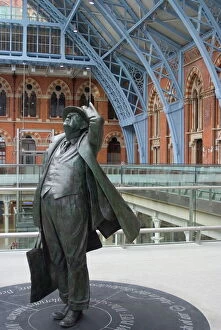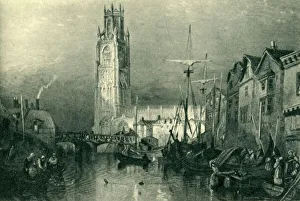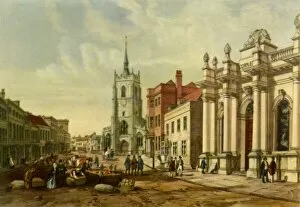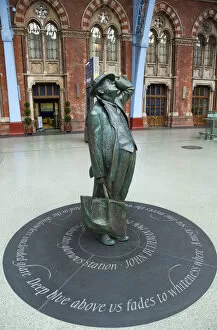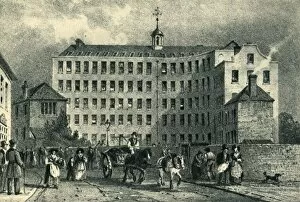Sir John Betjeman Collection
Sir John Betjeman, born in Boston, Lincolnshire in 1838, was a renowned poet and writer
All Professionally Made to Order for Quick Shipping
Sir John Betjeman, born in Boston, Lincolnshire in 1838, was a renowned poet and writer. He left an indelible mark on the literary world with his evocative verses and love for architecture. Best known as the Poet Laureate of England from 1972 until his death in 1984, Betjeman's legacy lives on. One can find his presence immortalized through statues scattered across London. The John Betjeman statue at St. Pancras International Train Station stands tall as a tribute to this literary genius. It serves as a reminder of his deep connection to the city and its rich history. Another notable statue can be found at Market Hall in Sudbury, dating back to around 1850. This depiction captures Betjeman's essence perfectly - a man deeply rooted in tradition yet always looking forward. Betjeman's final resting place is at St. Enedoc Church in Trebetherick, Cornwall. Nestled amidst picturesque landscapes, it offers solace and tranquility where admirers can pay their respects to this beloved figure. His passion for preserving historical landmarks is evident through works like "Plan of Canterbury" and "West Prospect of Oxford. " These illustrations showcase not only his artistic talent but also his dedication to protecting England's architectural heritage. Betjeman's influence extended beyond poetry; he had an eye for detail that encompassed all aspects of life. From Queenstown Bridge in Swindon to Lace Manufactory in Tiverton, he appreciated the beauty found even within seemingly mundane structures. As we reflect upon Sir John Betjeman's life and work today, let us remember him not just as a poet laureate but also as an advocate for cultural preservation - someone who cherished both the grandeur of cities like London and the charm hidden within small towns across England.

